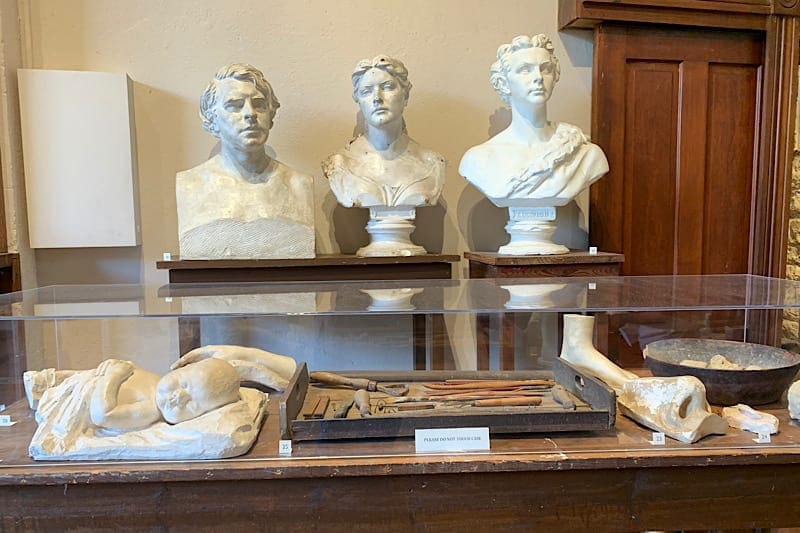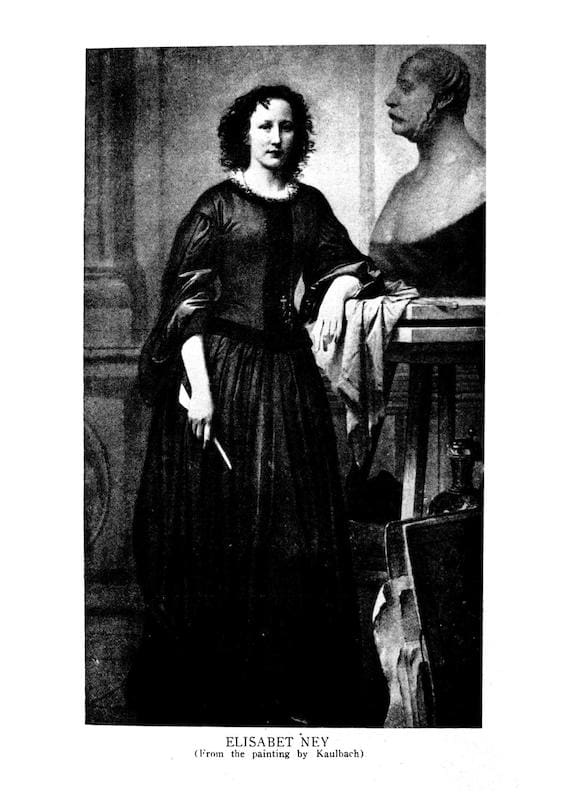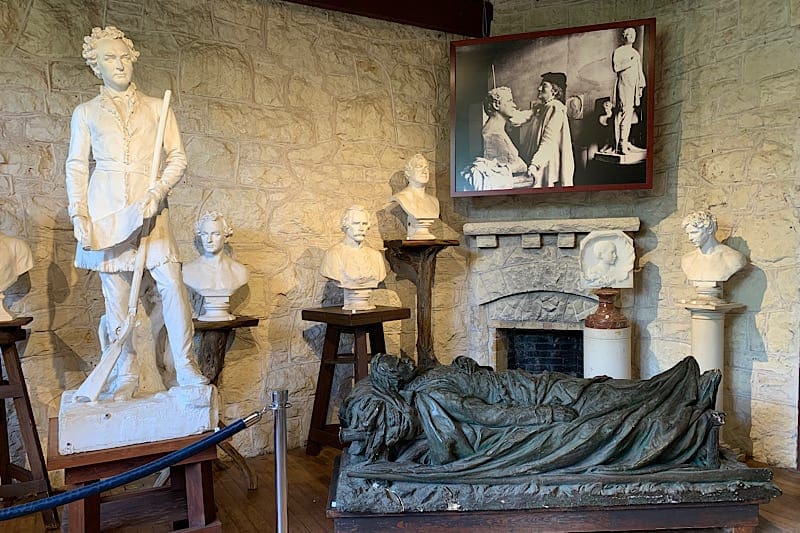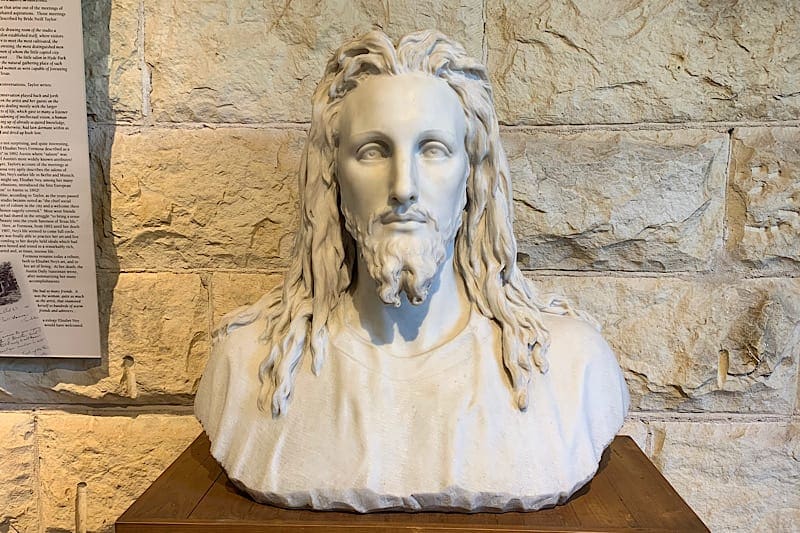Austin’s Elisabet Ney Museum Turns 110
We all have an artist inside that lives to break boundaries and redefine the rules of society. Adhering to this calling is precisely what Elisabet Ney did. Ney was a sculptor who constantly challenged her role as a woman. As an artist in the 19th and early 20th centuries, her viewpoints were revolutionary. Although Ney was initially denied the opportunity to attend art school in Berlin, she persisted and eventually became world-renowned for her impressive work.
Ney built her final art studio, Formosa, when she moved to Austin, Texas. In 1911 the Texas Fine Arts Association took over its management, establishing the publicly accessible Elisabet Ney Museum. Through its exhibitions, visitors see what made Ney such a renegade of her time.

Early Life
Ney was born Franzisca Bernadina Wilhelmina Elisabeth Ney on January 26, 1833, in Munster, Prussia (now Germany). She grew up assisting her father, a stone carver, with his work. Ney became the first female sculptor student at the Munich Academy of Art in 1852. After graduating in 1854, she moved to Berlin, where she received instruction from sculptor Christian Daniel Rauch.
Ney studied realism and German artistic tradition. It was around this time that she began sculpting her first portraits of the German elite. In 1857, Ney opened a studio in Berlin where she carved an image for German philosopher Arthur Montgomery. It was considered an artistic success and led to other commissions such as Jacob Grimm, composer Richard Wagner, and King George V of Hanover. Ney’s fame quickly rose in Europe as she sculpted politicians, celebrities, and royalty.

University of North Texas Libraries, The Portal to Texas History.
Life in Texas
After the Franco-Prussian War broke out in 1870, Ney and her husband, Dr. Edmund Montgomery, emigrated to the United States. Around this time, they had two children. She moved to Texas with her family and purchased the Liendo Plantation in Waller County.
For the next 20 years, Ney raised her children and managed Liendo while her husband busied himself with scientific work. In the 1880s, she received an invitation from Governor Oran M. Roberts to visit Austin. Afterward, Ney resumed her artistic career and built Formosa (Portuguese for “beautiful”) in 1892. She completed busts and statues of Stephen F. Austin, Sam Houston, and a memorial to Albert Sidney Johnson. Her depiction of Shakespeare’s Lady Macbeth is on display in the Smithsonian National Museum of American Art.

The Museum
The Elisabet Ney Museum offers over 60 sculptures all done by Ney herself. It also displays biographical information about her time in Europe and America. There is ample evidence proving how devoted Ney was to her work and the art of storytelling through sculpting on all three levels of the museum. Some of this work includes statues of King Ludwig II of Bavaria, Lady Macbeth, the Bust of Christ, Texas Governor Joseph Draper Sayers, and many molds of human body parts.
When entering the museum, portraits of Ney and Dr. Montgomery are presented to the audience and allow for a three-dimensional glimpse of their appearances. There are also several renderings of philosophers and professors in the room corner, including one of the Italian military leader Giuseppe Garibaldi. While in Italy, Ney had persuaded Garibaldi to pose for her. She was adamant about changing his perspective on what a woman’s role in society should be. While creating the sculpture, she and Garibaldi had many eye-opening conversations. Upon completing and winning his admiration for her work, Ney became an influential figure on Garibaldi’s world outlook.
The second level of the museum explains more of Ney’s personal life and her inspirations. In the middle of the room is the bed that she built herself and used. The room also holds a tub she bathed in with natural water and many other artifacts used by Ney while living in the studio.

More Than Carvings
Ney found ways to make her pieces more than just carvings. She believed we all have the tools needed to pursue the things we want. This philosophy is evident in her sculptures Sursum, Prometheus Bound, and a young Sam Houston. Ney gives the audience glimpses of her subjects’ hopes by adding details such as a torch, a key, and the positioning of the figures looking into the distance. She passed away on June 29, 1907, but her legacy continues over a century later. Her life has inspired both novels and one-woman plays.
Elisabet Ney Museum
The museum is open Wednesday through Sunday from 12 p.m. to 5 p.m. Tours can be booked through the contact information on their website.
Written by: Amaya Coleman & Mia Bustillos
Images are courtesy of the Texas Fine Arts Association and The City of Austin
More Girls That Create Posts
MoPOP Presents “Heroes and Villains: The Art of the Disney Costume”

